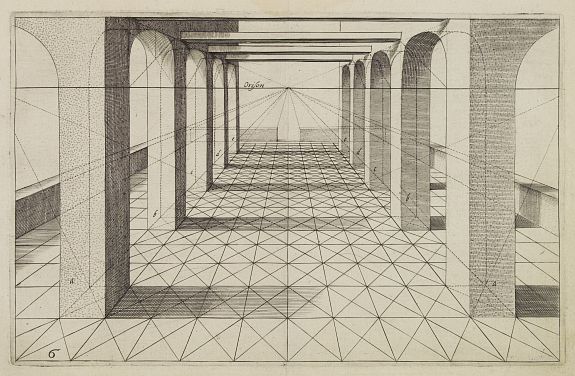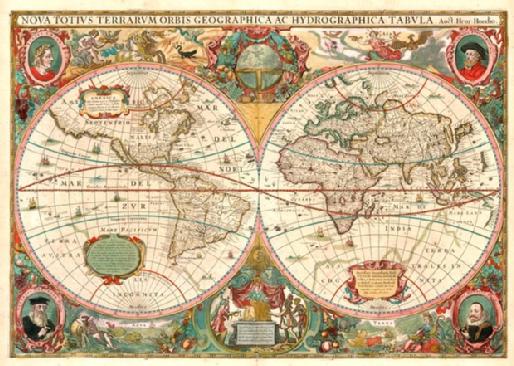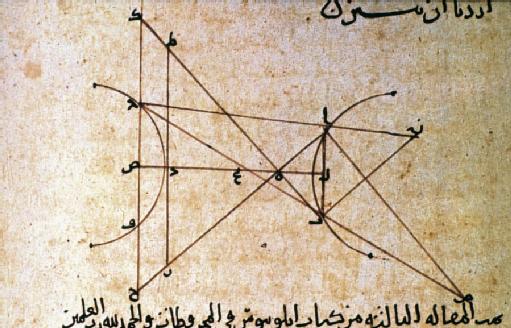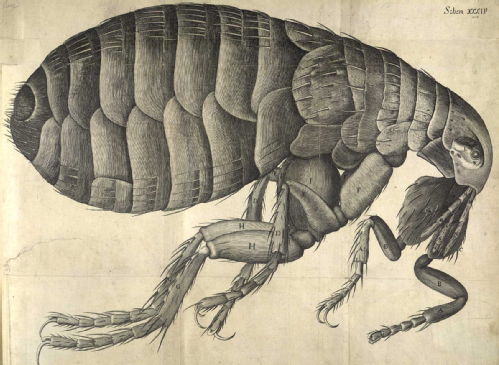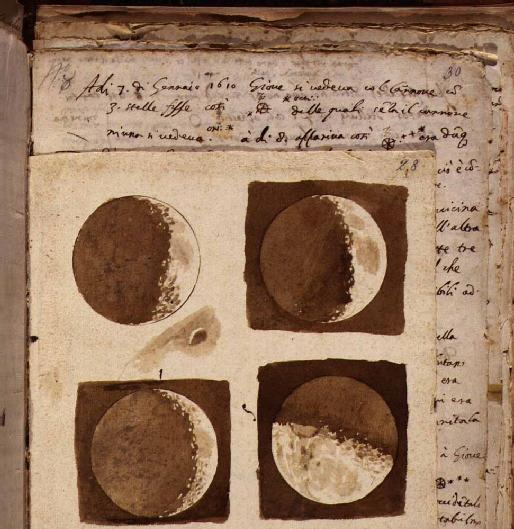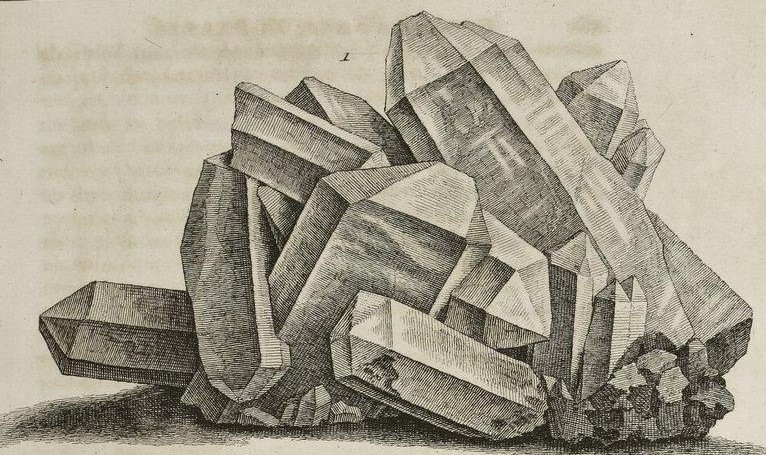The Scientific Revolution in Perspective (HI296)
| Tutor: Dr Michael Bycroft Office: H0.17 Email: M.Bycroft@warwick.ac.uk Office Hours: Mon 3-4pm, Thu 10-11am Lectures: Mon 1-2pm, OC1.06 Seminar group 1: Thu 12-1pm, H1.07 Seminar group 2: Thu, 2-3pm, H3.55 |
Assessment Lecture/seminar programme Seminar advice Bibliography |
|
What is nature? How can we find out about it? And how is science connected to the rest of society—what do microscopes and laboratories and mathematical equations have to do with war, commerce, politics, religion, and popular culture? This module is an introduction to the history of science. It centres on a time and place—Europe between 1500 and 1800—which saw dramatic changes in the beliefs people held about nature and the way they acquired these beliefs. New ideas emerged about the structure of the cosmos, the nature of light and motion, and the building-blocks of matter. New plants and animals flooded into Europe from the East and West Indies and changed the way that naturalists described and classified the living world. New machines—air pumps, telescopes, burning mirrors, barometers—allowed experimenters to probe more deeply into nature and to quantify what they found. New methods were proposed for inquiring into natural things, from the modest (making lists) to the cosmic (thinking God's thoughts after Him). These changes caused much excitement at the time and have caused nearly as much excitement among historians, who for a long time saw Europe, 1500-1800 as the crucial period in the formation of modern science. This grand vision has come under attack in recent years as a result of equally exciting developments in the historiography of science. Historians have opened up early modern science to new disciplines such as alchemy and pyrotechnics, to new sites such as kitchens and cathedrals, and to new themes such as wonder, gender and the environment. They have also shown that early modern science was not confined to a small corner of north-western Europe but was spread across five continents. This module reexamines the idea of the scientific revolution by putting early modern science into... historiographical perspective
- the first two lectures explain what the history of science is and what is at stake in debates about the scientific revolution.chronological perspective
- ancient and medieval science is the subject of the next three lectures, which cover ancient Greece and Rome, the Islamic world c. 600-1300, and Medieval Europe.historical perspective
- the following four lectures connect early modern science to broader developments in early modern Europe, from the Italian Renaissance to the revolution in military technology to the overseas adventures of the Dutch and English East India Companies.intellectual perspective
- five lectures in the Spring term review the intellectual changes—a new cosmos, a new metaphysics, and methods to match—that were the source of so much excitement in the seventeenth century.chronological perspective once more
- the last block of lectures asks whether modern science was fully formed in 1700 and whether the intellectual changes of the seventeenth century had a measurable impact on political, imperial and industrial life in the eighteenth century.geographical perspective
- each block of lectures looks beyond Europe to consider the role of non-European cultures in the creation of modern science, the role of science in encounters between different cultures, and the importance of the global flow of ideas and materials for all sciences, from cartography to chemistry.No scientific background, at school or at university, is required to take this module.
The module will deal with the technical content of science--with scientific theories, with the arguments that were invoked for them and against them, and with philosophical questions such as whether nature is fundamentally mathematical and whether experiments can prove the existence of God. But this content will be fully explained in the lectures and will be anchored in the past, ie. in the beliefs of past scientists, in the debates they had, and in the peculiarities of their context, whether economic or political or technological. That said, scientific knowledge is not a handicap in this module. Science students, and history students with a background in science, are very welcome to apply. Images, from top: perspective print by Vredemen de Vries, 1604; world map published by Hendrik Hondius in 1630; optical diagram from manuscript by the 11th-century Arab philosopher Ibn al-Haytham; drawing of flea seen through microscope, from Robert Hooke's Micrographia (1665); South American 'monsters' on a sixteenth-century world map; sketches of moon seen through telescope, from manuscripts of Galileo Galilei, c. 1610; rock crystal, from Antoine-Joseph Dezallier d'Argenville, Oryctologie (1755).
|
|

